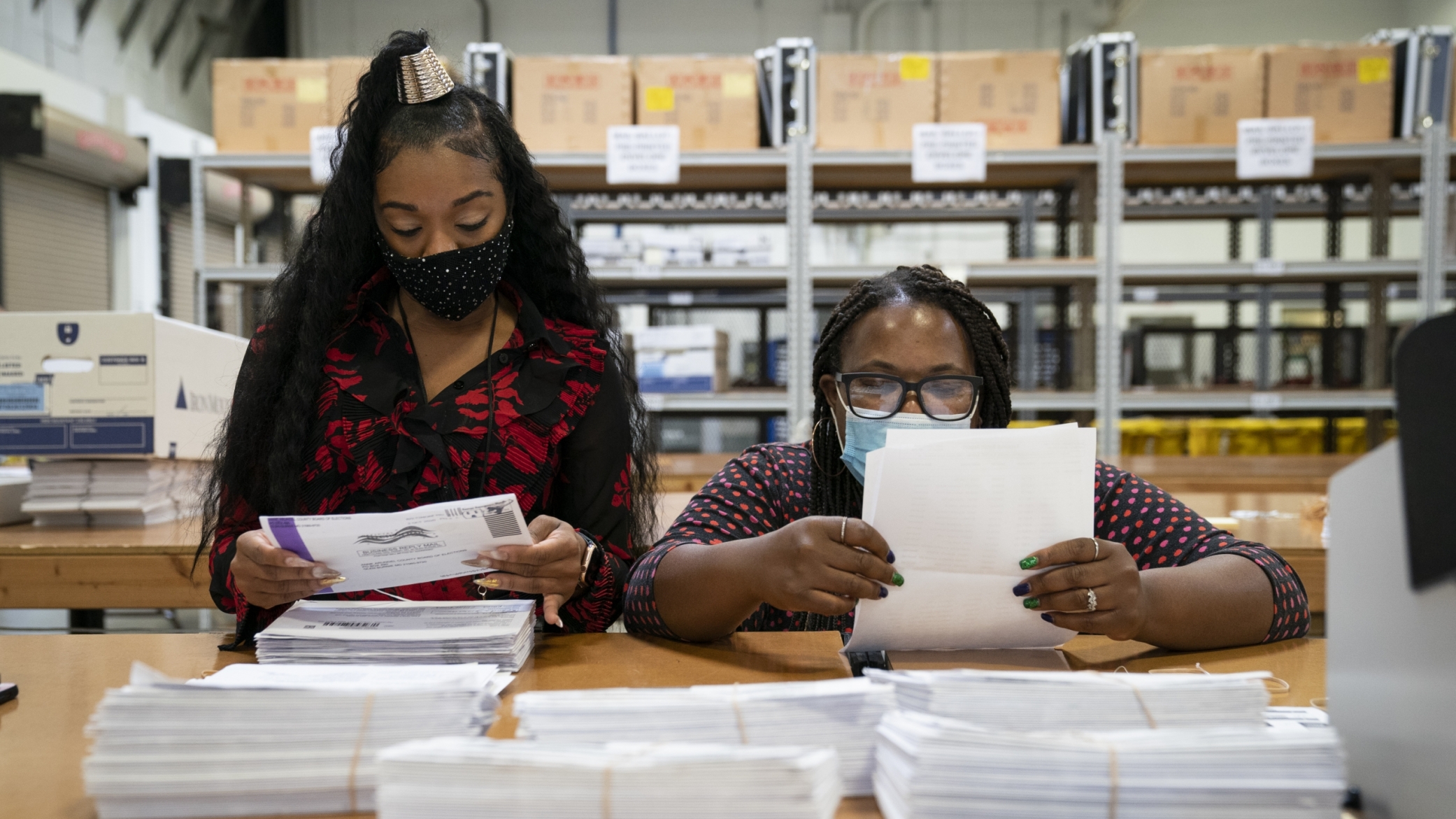Ensuring US elections are accessible, secure, and trustworthy

As time progressed, the challenge became even clearer. The insurrection on January 6 offered a glimpse of a nightmare future scenario: that in the future, a majority of Americans would not accept the results of an election. There are so many laudable efforts—electoral reforms, power building, and community organizing, redistricting, and many more—that offer crucial improvements to our elections system. Still, I couldn’t get away from the nightmare scenario that division, disinformation, conspiracy theorizing, polarization, racism, and other nefarious forces would continue to grow, and in future elections the losing side would not accept the result.
If people do not trust in and abide by elections, that’s the ballgame on democracy. Voting in elections that don’t mean anything—that is endlessly litigated or worse, overturned—is not meaningful participation. More than that, the project of civic participation and power-building and access will (and should) continue for decades. The threat we face to the legitimacy of elections could come to a head in the next few election cycles. Looking at all of this, with the knowledge we gained from our previous investments in elections and various election post-mortems, I felt strongly that Hewlett could be most effective in this space by helping to build or shore up the elections system such that it can weather what will almost certainly be a series of highly contentious elections to come, while also investing in the expansion of voting access.
The goal of our grantmaking in our refreshed strategy to support trustworthy elections is to ensure the United States has a fully funded and professionally managed elections system in which every eligible voter can easily and securely vote and in which citizens, including those whose candidate or party loses, trust in and abide by the results. We have identified four outcomes representing what success in this grantmaking strategy might look like over the next 5 years:
- Government policymakers at the state and federal level enact more effective solutions to begin to counter the wide range of negative impacts of digital disinformation on elections.
- There is an increase in stable, flexible government funding for state and local elections officials to better plan for and meet local needs.
- State adopt policies and practices that bolster voter trust in elections results, including among voters whose preferred candidate or party loses.
- All eligible voters, including those from historically disenfranchised communities, can readily and securely cast a ballot. As part of an intentional learning strategy, the U.S. Democracy Program will spend the next two years identifying promising and feasible pathways that best support this effort.
Our strategy paper discusses in-depth what this will look like—supporting groups in countering disinformation and its impact on elections, ensuring effective election administration, and supporting access for all voters. We are hoping that these three strands of grantmaking will create a healthy information environment to inform voters, election administrators that can do their jobs with sufficient resources and without harassment and intimidation, and elections that all voters can easily participate in and trust.
We cannot know for sure that this will work, but our intention is to proceed with humility, a focus on learning, and to be led by the experience, expertise and guidance of our grantees—who already include many of the leading voices in these areas. As a relatively new grantmaker, I’m excited to see the process unfold and ready to continually adapt the strategy as we learn and as the need changes. Overall, I’m excited to support the excellent work of so many who have devoted their work to strengthening the foundation of an equitable and participatory American democracy.
